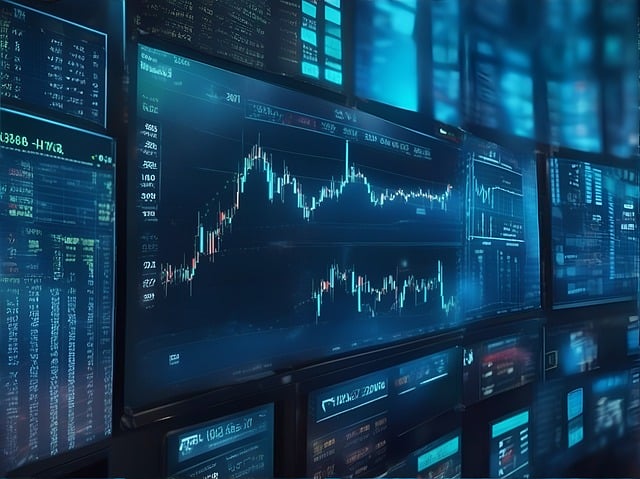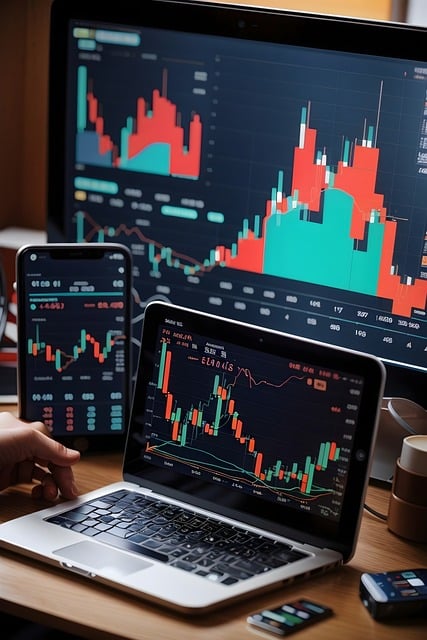The Future of Trading: Understanding AI Bots in the Financial Markets
As the world becomes increasingly reliant on technology, artificial intelligence (AI) has evolved into an essential component of various industries—none more so than finance. The advent of trading AI bots represents a monumental shift in how market participants make decisions. In this article, we will delve into what trading AI bots are, how they operate, their advantages and disadvantages, and my personal opinion on their future in trading.

What Are Trading AI Bots?
Trading AI bots are automated systems designed to execute trades in financial markets without the need for human intervention. They utilize sophisticated algorithms and machine learning techniques to analyze market data, predict price movements, and execute trades at optimal times. In a fast-paced environment where quick decision-making can make or break profits, trading AI bots have started to gain significant traction.
Types of Trading AI Bots
There are various types of trading AI bots, each catering to different trading strategies and preferences. Here are some of the most common types:
- Market-Making Bots:
- Arbitrage Bots:
- Trend-Following Bots:
- Mean Reversion Bots:
These bots provide liquidity to the markets by placing buy and sell orders. They aim to profit from the spread between the buy and sell prices.
Arbitrage bots exploit price discrepancies between different exchanges. They buy low on one exchange and sell high on another to lock in profits.
These bots analyze historical price data to identify trends and make trades based on momentum. They aim to capitalize on existing market trends, buying when prices are rising and selling when they start to fall.
Mean reversion bots operate on the premise that prices will revert to their mean over time. They buy when prices are below the historical average and sell when they are above.
How Do Trading AI Bots Work?
The inner workings of trading AI bots can be complex, but ultimately, they rely on algorithms that process large amounts of data to make informed trading decisions. Here's a breakdown of how they operate:
Data Collection
Trading AI bots continuously gather and process data from various sources, including:
- Price charts
- Volume data
- Market news
- Social media sentiment
Analysis and Prediction
Once the data is collected, the AI algorithms analyze it to identify patterns. Using techniques like machine learning, the bots can predict future price movements based on historical data. The sophistication of these algorithms plays a significant role in the bot's effectiveness. I often find this to be one of the most captivating elements of trading AI bots. The sheer ability of these algorithms to learn and adapt is both fascinating and somewhat alarming.
Execution of Trades
Finally, once a trading signal is generated, the bot executes trades automatically. The execution speed is particularly advantageous in high-frequency trading, where milliseconds can be the difference between profit and loss.
Advantages of Trading AI Bots
The advantages of using trading AI bots are numerous, and they are often touted as a game-changer for traders of all levels. Here are some of the key benefits:
Emotion-Free Trading
One of the most significant advantages of trading AI bots is their ability to operate without human emotions. Emotional trading can lead to impulsive decisions, which often result in losses. AI bots, on the other hand, make decisions based solely on data and algorithms, thus eliminating emotional bias.
Increased Efficiency
AI trading bots can analyze vast amounts of data much faster than a human could. This allows for quicker decision-making and the ability to capitalize on opportunities that may arise in microseconds.
24/7 Trading Capability
Since trading AI bots run on computers, they can trade 24/7 without any downtime. This constant presence in the market means that no opportunity is missed, which can be especially beneficial in volatile markets.

Disadvantages of Trading AI Bots
While trading AI bots offer several advantages, they are not without their drawbacks. It is essential to consider these potential pitfalls before relying solely on automation.
Dependency on Technology
Relying too heavily on trading bots can lead to a lack of understanding of market dynamics. If traders become overly dependent, they may fail to learn the fundamental skills needed for successful trading. I think this is a crucial point; understanding the market is just as important as using advanced technology.
Risk of Technical Failures
Technical glitches and malfunctions can cascade into significant financial losses. A programming error or a glitch due to server downtime can result in trades that deviate from a trader's intended strategy. It’s essential to have robust backup systems and safeguards in place.
Market Conditions
Trading AI bots are often optimized for specific market conditions. Sudden market changes, like crashes or unexpected news, can disrupt their algorithms, leading to suboptimal performance.
The Future of Trading with AI Bots
As we move deeper into the age of technology, trading AI bots are likely to become even more sophisticated. With advancements in AI and machine learning, these bots will be able to learn and adapt even faster, creating more effective trading strategies. However, it is crucial for traders to remember that while AI bots can assist in making informed decisions, they should not replace comprehensive market knowledge and human judgment entirely. I personally believe that a balanced approach, where traders use AI tools while still honing their skills and understanding, will yield the best results.
Final Thoughts
In conclusion, trading AI bots present a revolutionary advancement in the financial markets, offering numerous benefits that can enhance trading efficiency and effectiveness. However, there are inherent risks and limitations to their use. As technology continues to evolve, the role of AI in trading will undoubtedly grow—how traders adapt to this change will ultimately define their future success in the markets.
As someone deeply invested in the world of trading, I find the intersection of human knowledge and machine efficiency to be not only fascinating but crucial for the future of financial markets. Let’s embrace the technology but also remain grounded in the fundamentals. Only then can we navigate this new landscape successfully.